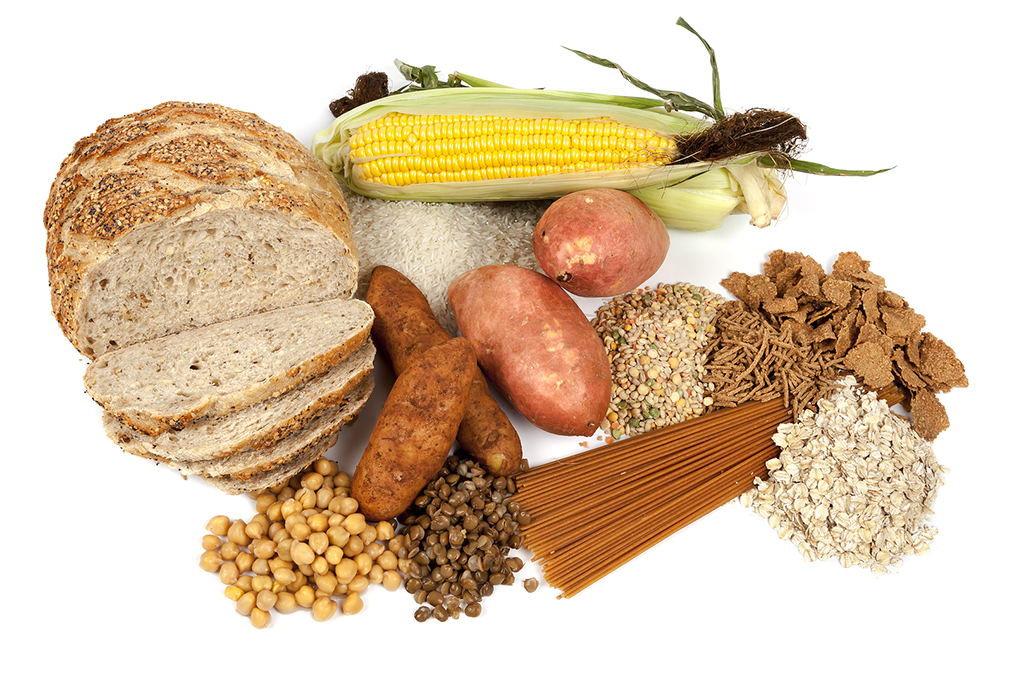 We all know sugar is bad for our gums and teeth.
We all know sugar is bad for our gums and teeth.
But according to a new study in the journal Microorganisms, there’s another type of food that’s just as bad for your teeth and gums.
And it’s usually praised as a healthy food.
So you most definitely eat it daily with a good conscience.
Starches make up a huge part of most diets worldwide.
Think about it: bread, potatoes, rice, pasta, cereals, pumpkin, and squashes.
These foods form the foundation of meals across cultures.
Understanding how these foods affect our oral health could help millions avoid dental problems.
AMY1, the gene that helps break down starch, may provide a clue.
People with more copies of this gene (up to 20 copies) can break down starch more efficiently than those with fewer copies.
Basically, when you put a starchy food in your mouth, AMY1 sends bacteria into your saliva to feed on the starch and break it down for your body to use as energy.
The researchers theorized that if you have lots of AMY1 copies, a huge number of bacteria would be sent into your saliva in response to starch, which might then become a gum disease risk.
To figure this out, researchers collected saliva samples from 31 people with varying numbers of AMY1 gene copies.
People in the study had anywhere from two to 20 copies of this gene.
The team then grew these saliva samples into communities of bacteria — similar to what forms in our mouths — in the lab.
They added starch to some samples and compared how the levels of certain bacteria linked with tooth decay and gum disease shifted in response to starch intake, relative to different AMY1 copy numbers.
Several interesting findings emerged:
-
● Adding starch decreased the diversity of bacteria in the saliva samples. A smaller variety of bacteria is usually problematic, as harmful bacteria can then run riot without harmless ones to keep balance.
● For people with high AMY1 copy numbers, starch slightly reduced two types of bacteria — Atopobium and Veillonella. These are linked with gum disease, but the worst finding is still coming.
● In these same high-AMY1 individuals, bacteria called Streptococcus increased significantly.
This is the chief bacterium responsible for gum disease and tooth decay.
Why is this such a big threat to us?
Because our genes adapt to our environment.
Originally, only ancient agricultural communities had high AMY1 copies, because they ate lots of starch.
But nowadays, most of us eat plenty of starch — meaning most of us now have high AMY1 copy numbers.
And, as seen above, high AMY1 copies mean a good chance of bacteria that bring about gum disease.
This means that you should both brush your teeth after every starchy meal and consider cutting down on starchy food to fight your gum disease.
The key takeaway from this study is, however, that fighting gum disease is about more than brushing your teeth.
It’s about the food we eat.

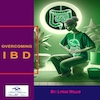 Overcoming IBD
Overcoming IBD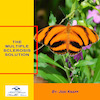 Multiple Sclerosis
Multiple Sclerosis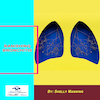 Banishing Bronchitis
Banishing Bronchitis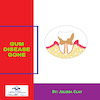 Gum Disease Gone
Gum Disease Gone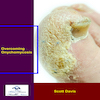 Overcoming Onychomycosis
Overcoming Onychomycosis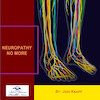 Neuropathy No More
Neuropathy No More The Prostate Protocol
The Prostate Protocol Brain Booster
Brain Booster
 Ironbound
Ironbound
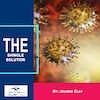 Solution for Shingles
Solution for Shingles
 The Bone Density Solution
The Bone Density Solution
 The Ultimate Healing Protocol
The Ultimate Healing Protocol
 The Parkinson's Protocol
The Parkinson's Protocol
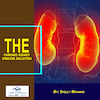 The Chronic Kidney Disease Solution
The Chronic Kidney Disease Solution
 Overthrowing Anxiety
Overthrowing Anxiety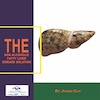 The Fatty Liver Solution
The Fatty Liver Solution The Hypothyroidism Solution
The Hypothyroidism Solution
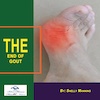 The End of Gout
The End of Gout The Blood Pressure Program
The Blood Pressure Program
 The Oxigized Cholesterol Strategy
The Oxigized Cholesterol Strategy
 Stop Snoring And Sleep Apnea Program
Stop Snoring And Sleep Apnea Program
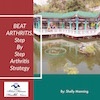 The Arthritis Strategy
The Arthritis Strategy The Vertigo & Dizziness Program
The Vertigo & Dizziness Program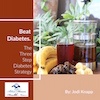 The 3-Step Diabetes Strategy
The 3-Step Diabetes Strategy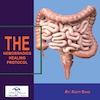 Hemorrhoids Healing Protocol
Hemorrhoids Healing Protocol The Erectile Dysfunction Master
The Erectile Dysfunction Master Weight Loss Breeze
Weight Loss Breeze The IBS Program
The IBS Program The Insomnia Program
The Insomnia Program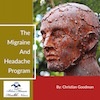 The Migraine and Headache Program
The Migraine and Headache Program The Neck Pain Solution
The Neck Pain Solution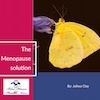 The Menopause Solution
The Menopause Solution The Ejaculation Master
The Ejaculation Master The TMJ Solution
The TMJ Solution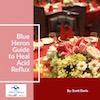 The Acid Reflux Solution
The Acid Reflux Solution The Fibromyalgia Solution
The Fibromyalgia Solution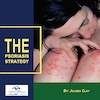 The Psoriasis Strategy
The Psoriasis Strategy